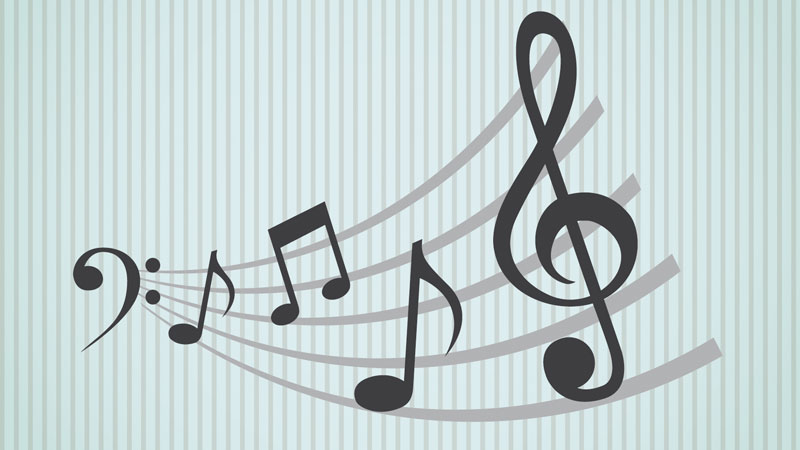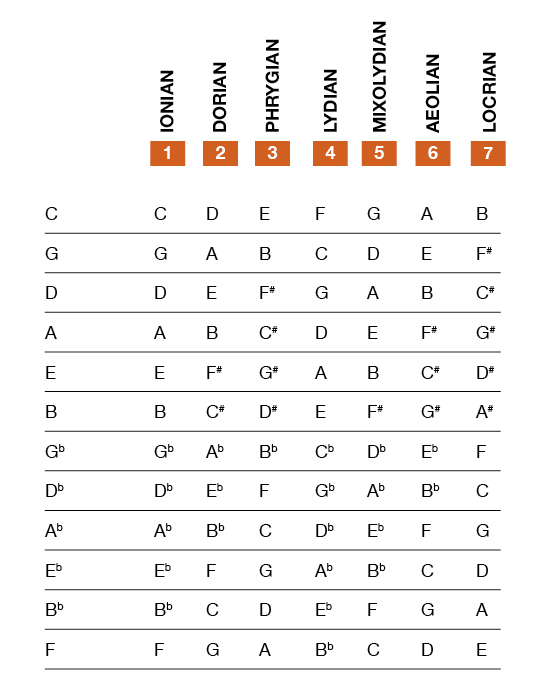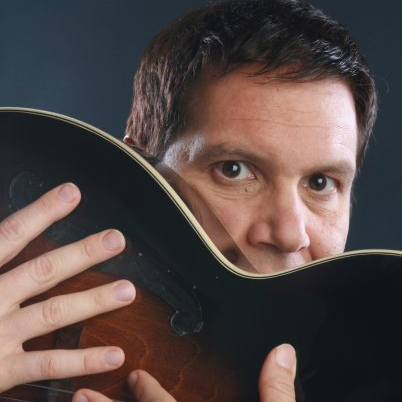How to Play in the Right Key. Learning the Key Signatures of the 12 Major Scales.

Ok, so my article “The 7 Fingerings of the Major Scale” gave us a good start in overcoming the 1st hurdle as I described in “Mastering the fretboard. A challenge that leads to being free to fly on the guitar.” (Sorry for the long ass title.) Anyway, lets now address the 2nd hurdle. Hurdle #2: Learning the key signatures of the 12 major scales and ingraining in our mind the notes in each key.
Why? Because we want to sound good right? Not just when we get lucky and happen to hit some good sounding notes, but consistently every time we pick up the guitar. Those of you who are ear players know what I’m talking about. Especially if you play tunes that have more complicated chord changes.
Plus if you don’t know your keys you can’t really use the system I’m about to teach you. You got to know this stuff if you want to get over as a professional musician, especially if you want to improvise and play jazz.
Here’s some basic theory. The most basic is the chromatic scale. Simply put, it’s a scale with every note in it. This is the scale of the 12 tones that make up our western system of music, and it is made up entirely of half steps.
The space (or interval) between tones in the chromatic scale is known as the half step. It is the smallest harmonic building block in music. 2 half steps make up a whole step. Every chord, scale, arpeggio, etc. are made of these building blocks.
Chromatic Scale

Here’s a brief explanation of the major scale. There are 12 major scales. 1 for each tone in the chromaic scale. The form for a major scale is (1-1-1/2)-1-(1-1-1/2) or whole whole half, whole step in between, whole whole half.
For example C major is the only major scale with no sharps or flats. It has all natural notes , and thats because half steps occur naturally in just the right spots to fulfill the major scale form. A ½ step inbetween the notes E and F, and B and C fulfills (1-1-1/2)-1-(1-1-1/2) .
The circle of 5ths is the method used to teach how many sharps or flats are in each key or major scale. For our purposes the most important factor in understanding, or making use of the notes of the major scale is as simple as 1 2 3 4 5 6 7.
We must understand or at least be able to figure out what the notes are in each key and the order in which they come. That’s important cause thats how you figure out the modes of the major scale and what the chords are that make up each key.
If you want to improvise in any style you need to understand the relationship between the notes of the scale and the chords of that scale.
Here’s a chart that lists each key in the sequence of the circle of 5ths. Think of it as a cheat sheet for learning your keys. If you can memorize this chart you got it made in the shade.
The 12 Major Scales


Peter Lerner has toured with Grammy award winning pianist Ramsey Lewis and has played duets on NBC and CBS with acclaimed trumpeter Orbert Davis. Peter has performed with Bill Russo’s Chicago Jazz Ensemble at the Jazz Showcase where he performed with such luminaries as Lee Konitz.

